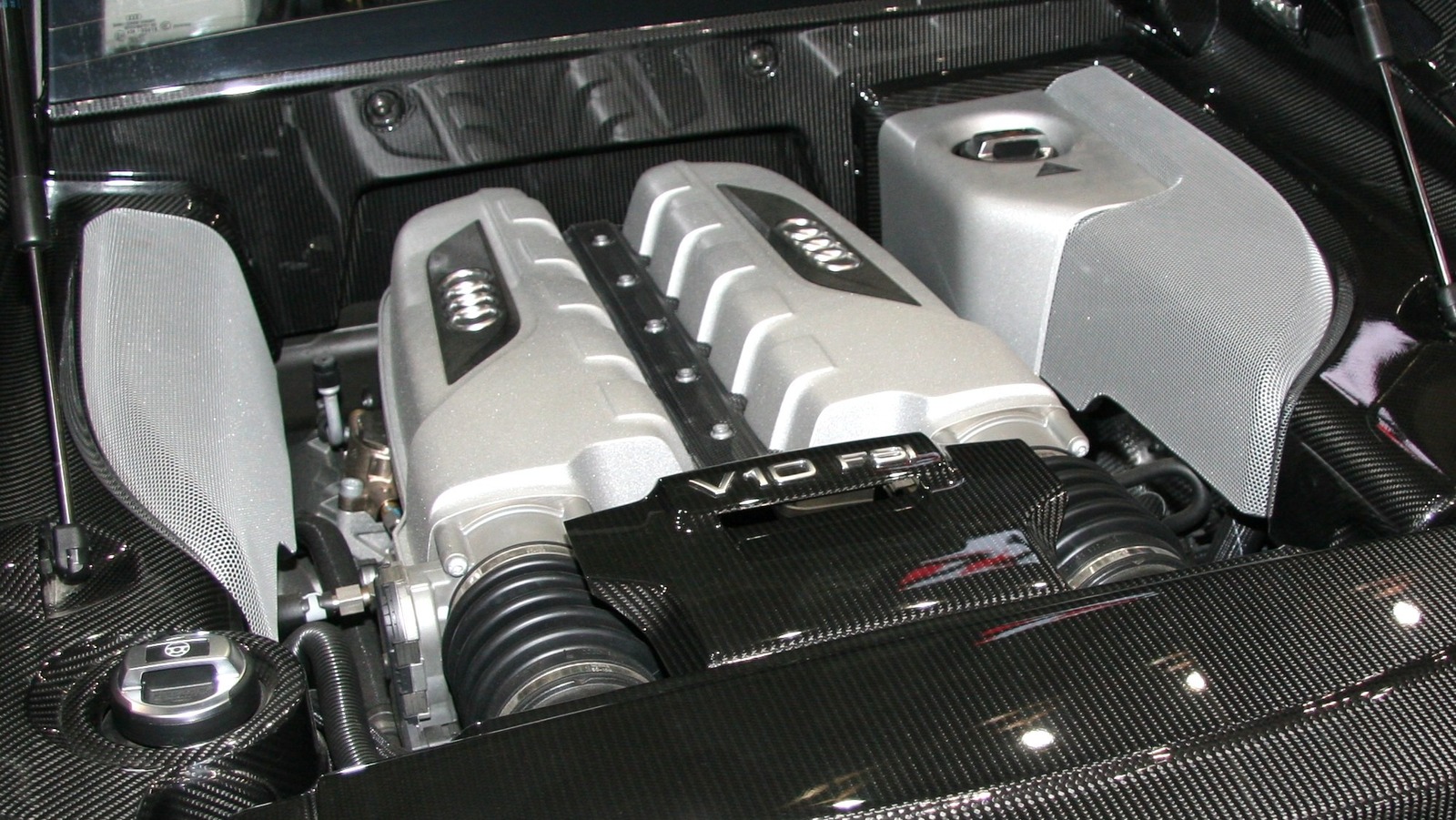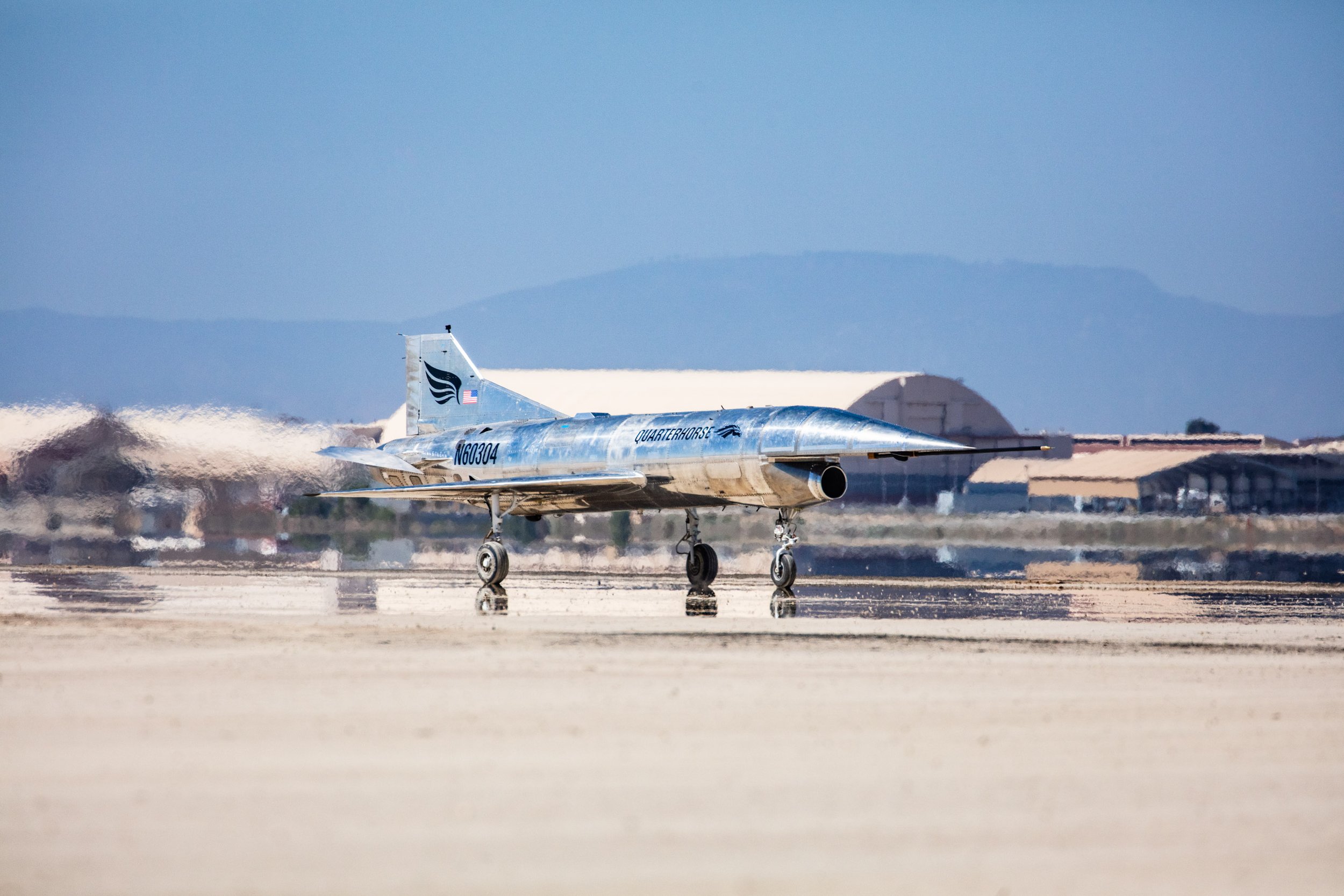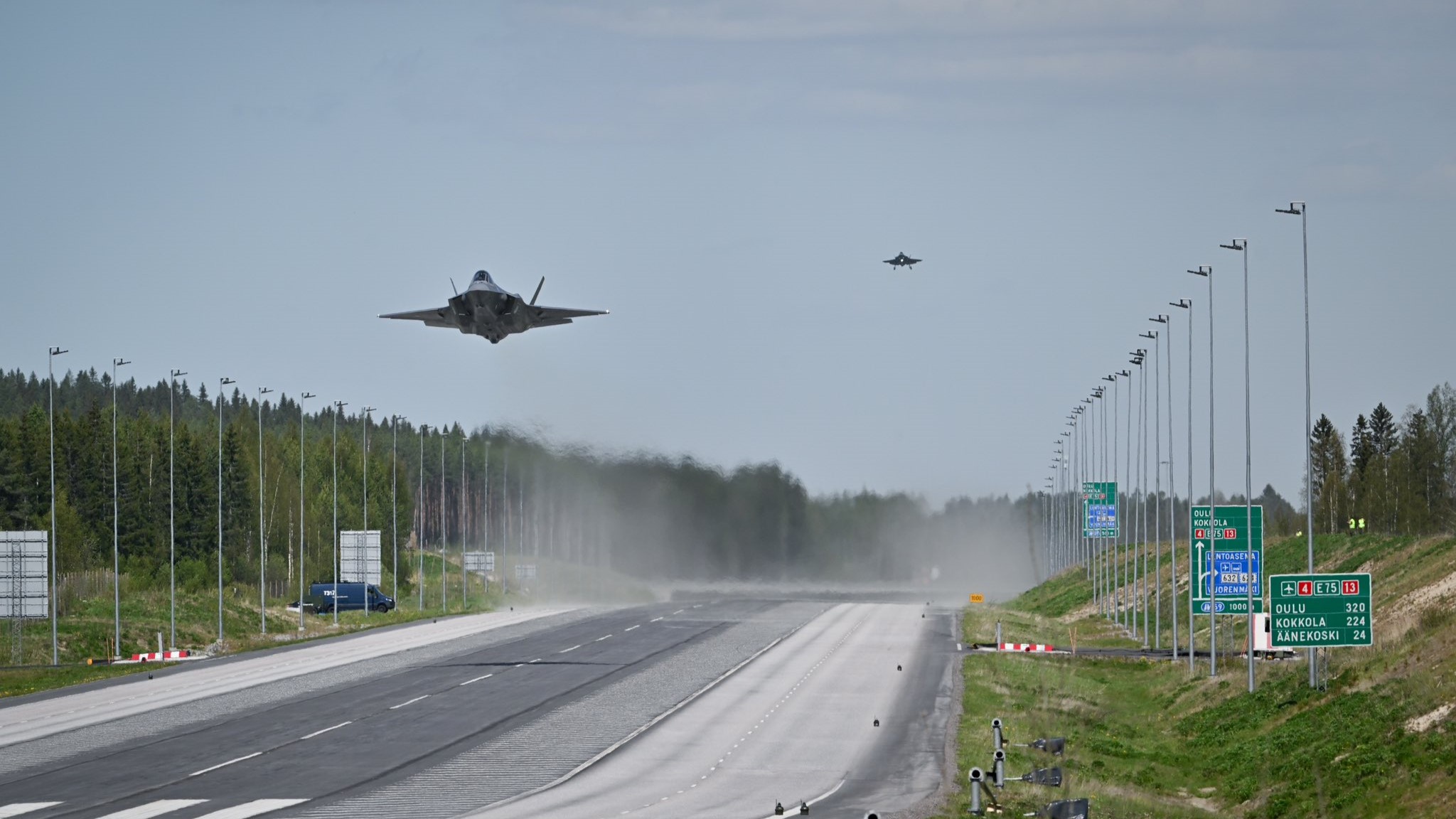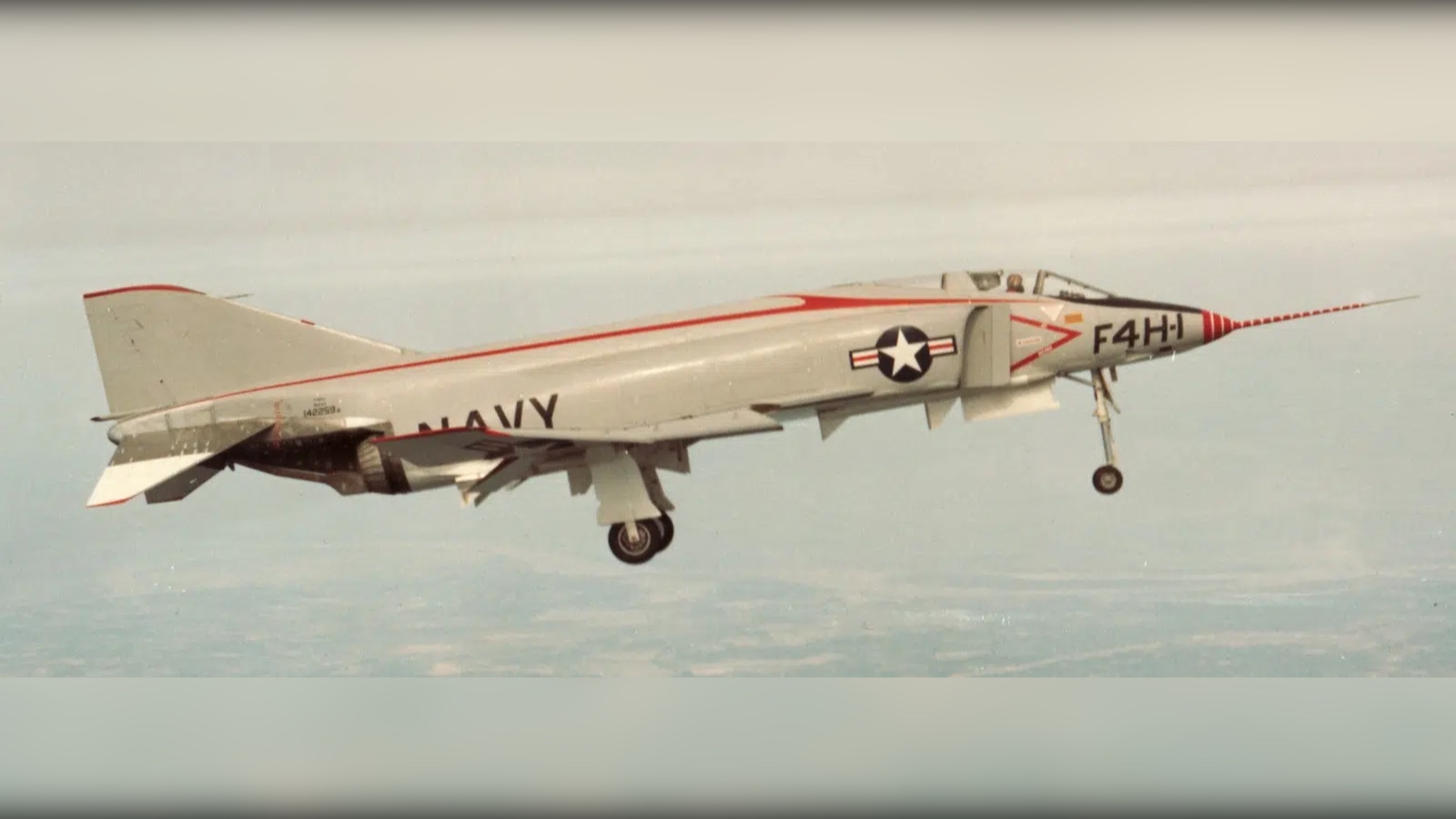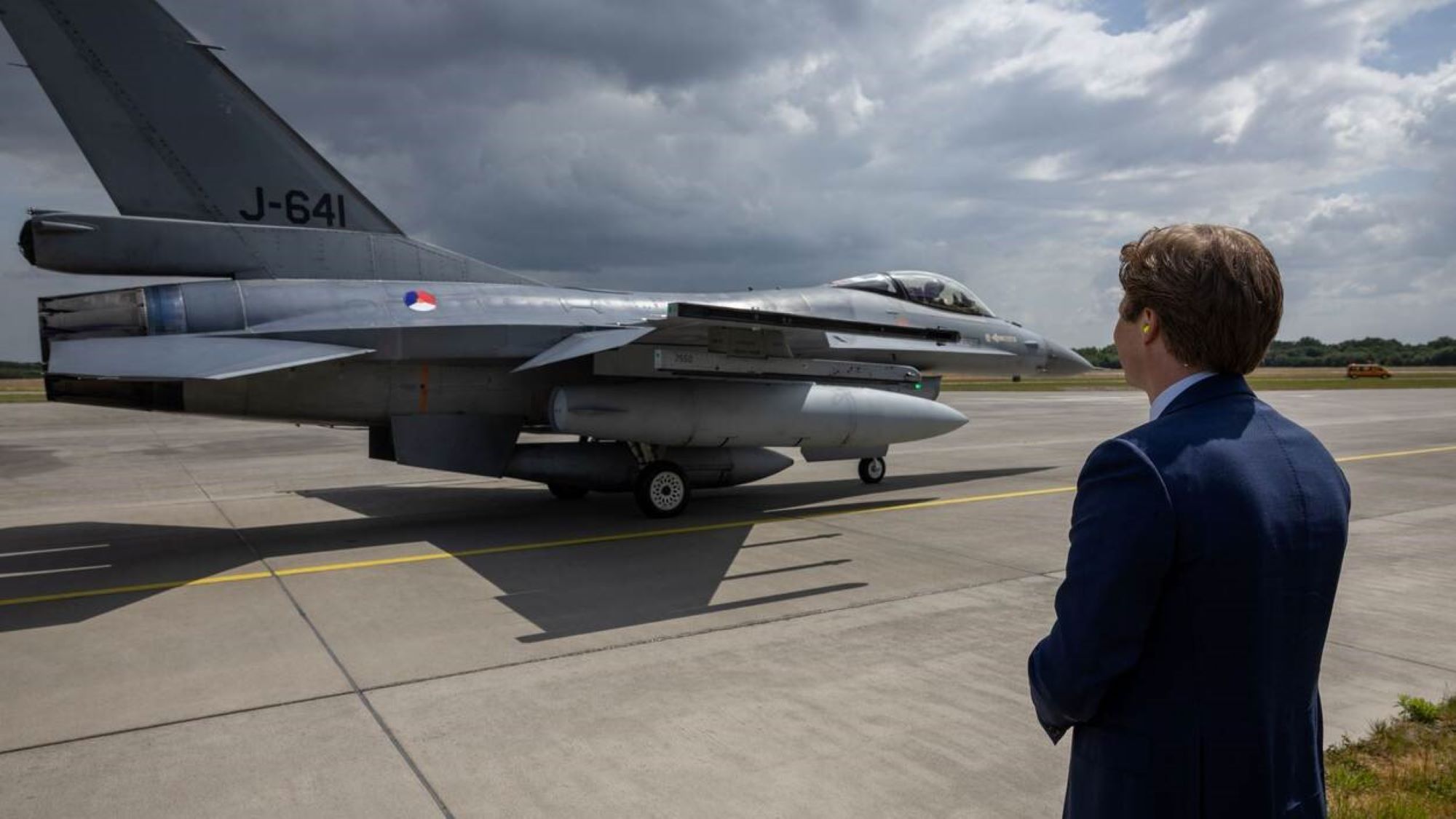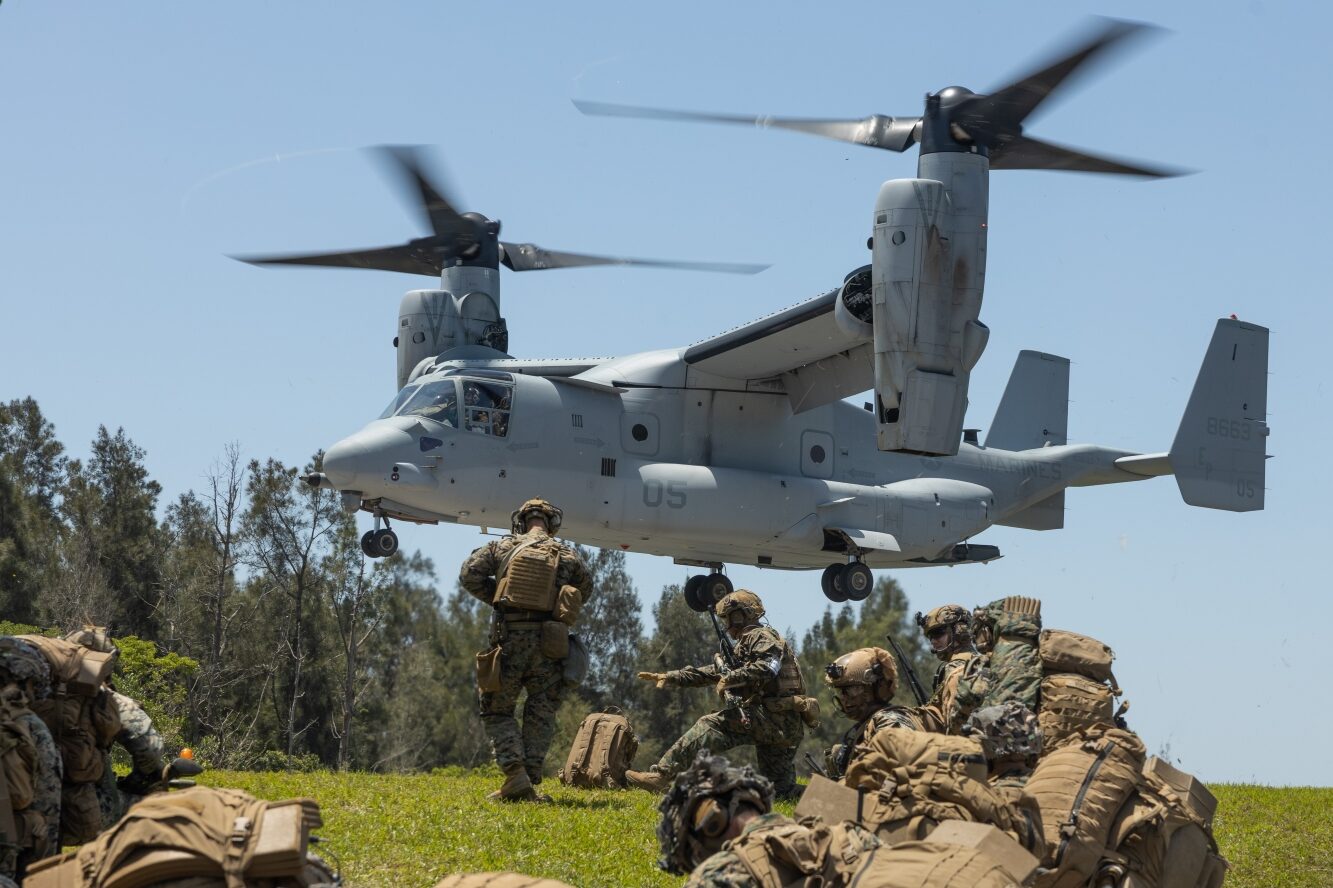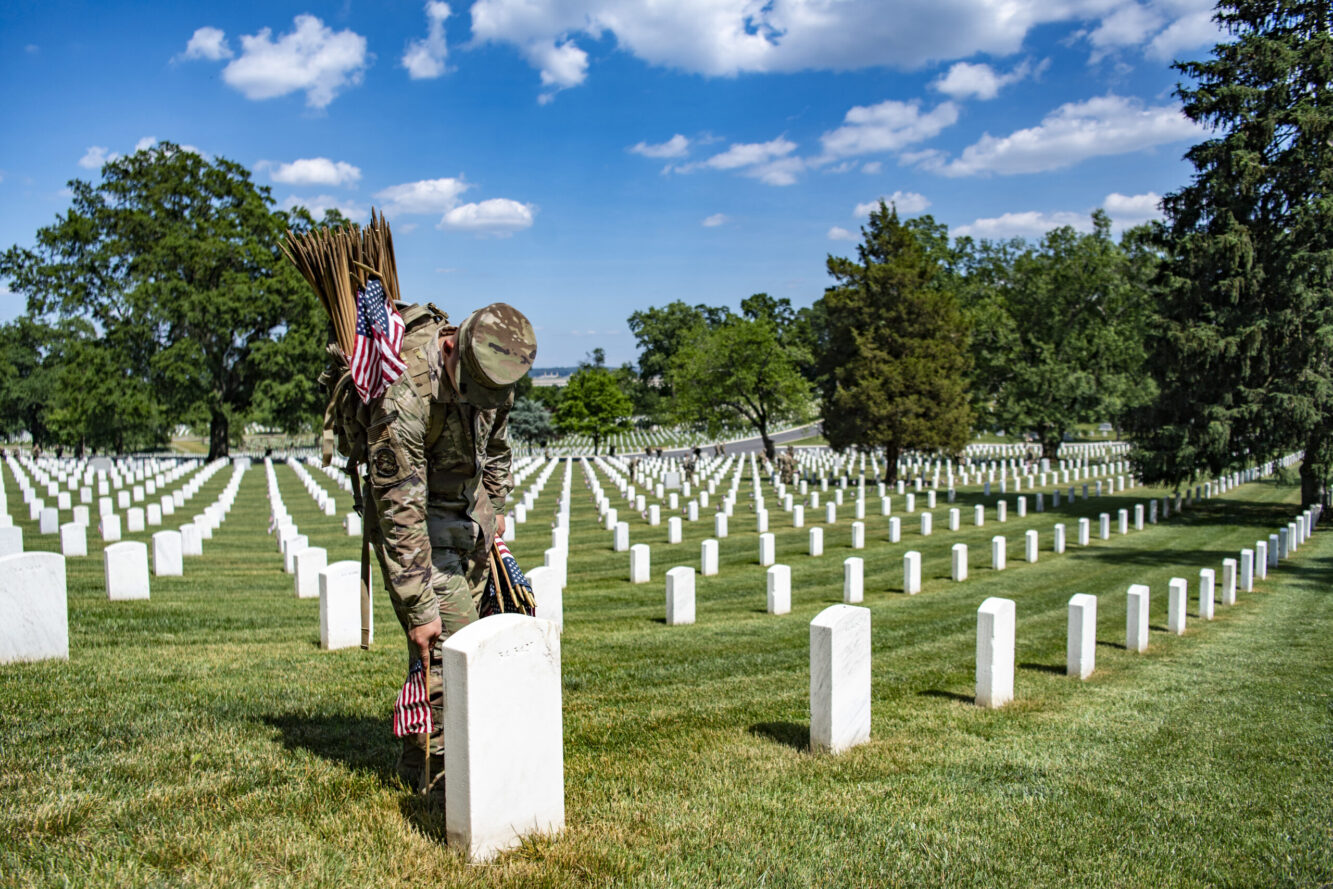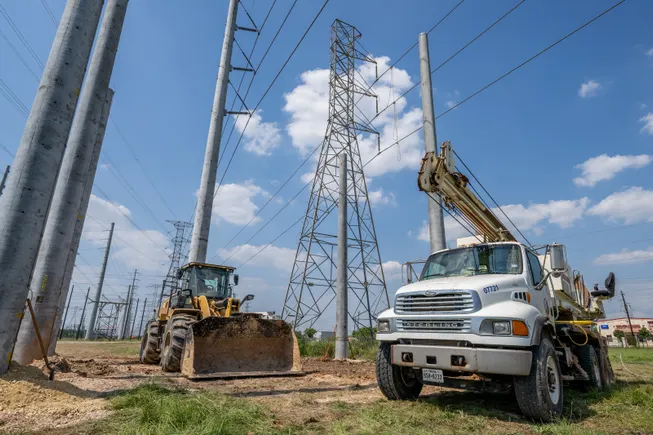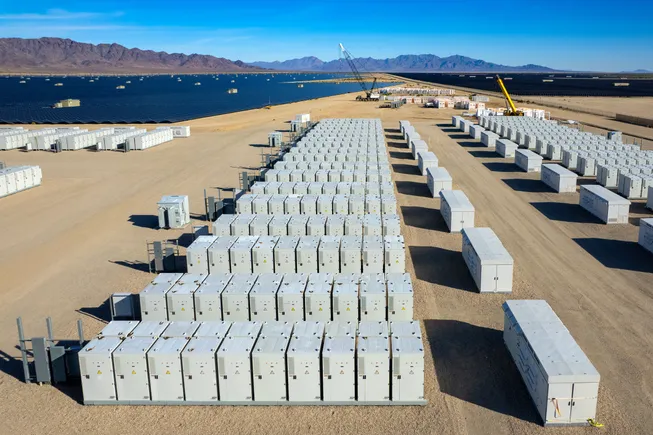Moving faster, sharing risk: How the Army wants to accelerate FLRAA helo program
The intent, Brig. Gen. David Phillips said, is not to “leave any rigor behind” but to focus on producing a “a safe, suitable, effective platform for the users.”


A Bell model of its V-280 Valor for the Army’s FLRAA program. (Michael Marrow/Breaking Defense)
WASHINGTON — The US Army wants to shrink the time between when it receives MV-75 Future Long-Range Assault Aircraft (FLRAA) prototypes and when manufacturer Bell can kickstart production, but the service isn’t looking for Bell to assume all the risk, according to two service officials.
“We don’t want to own all of [the risk], nor do we expect them to own all of it,” the commanding general of the Army Aviation Center of Excellence Maj. Gen. Clair Gill told reporters on May 15. “So, we have come to some agreements through negotiations in terms of what we think is appropriate shared risk for the development of the program.”
Gill said Army Vice Chief of Staff Gen. James Mingus and other leaders took the opportunity at the Army Aviation Association of America’s annual conference in Nashville, Tenn., earlier this month to sit down with Bell to start to hash out a plan to get FLRAA helos into action as soon as possible.
In late 2022, the Army selected Bell’s V-280 Valor tiltrotor as the FLRAA aircraft to eventually replace thousands — but not all — of UH-60 Black Hawk helicopters in a deal that could soar to $70 billion. Earlier this month the service announced plans to speed up FLRAA production under the Army Transformation Initiative (ATI).
To do that, the service and company have a tentative plan in place to move directly from prototypes and into production, by cutting out some of the downtime during which aviators fly the prototypes and provide additional feedback, Bell’s FLRAA Program Director Ryan Ehinger told Breaking Defense at AAAA.
Currently, he explained, the company is under contract to deliver six prototypes with the first slated for delivery in 2027 before the final one is handed over in 2028. The company would kickstart production shortly thereafter.
The shortened timeline would naturally invite more risk into the program, so to help mitigate that the service and Bell are homing in on a Critical Design Review that should be finished by the end of the year or in early 2026.
“[It’s] very important to get that right, and we’ve taken all the requisite steps to keep the rigor in the process. … We’re talking about 40 subsystem design reviews,” explained the Program Executive Officer for Aviation, Brig. Gen. David Phillips at the same May 15 briefing. “Out of those 40 subsystem design reviews, we’re making sure each one meets the requirements that we’ve laid out.”
The team is also zeroing in on manufacturing risks, Phillips added, and making sure the prototypes are as close to production representatives as possible.
“As we move through that process, we’re going to make smart decisions on where to invest and what suppliers to start buying things from,” the one-star general told reporters.
“We’re sharing that risk with the vendors and with the Bell team to make sure that we understand what risk they’re taking by going ahead and buying raw materials … [which] is not as risky as actually building behavior,” Phillips added.
The intent, Phillips said, is not to “leave any rigor behind” but to focus on producing a “a safe, suitable, effective platform for the users.”
Bell’s Ehinger said that it’s not so different from an approach in the commercial market, and if there is a “discovery” in testing, “we figure out what to do … at that time.”
But there are other potential risks: financial concerns and potential capability gaps. To help pay for FLRAA, the Army is halting buys of General Atomics’ Gray Eagle drone, shelving AH-64D Apaches, stopping a Future Tactical Uncrewed Aircraft System (FTUAS) competition, possibly ending of General Electric’s development of the Improved Turbine Engine Program (ITEP), and maybe reducing the quantity of High Accuracy Detection and Exploitation System (HADES).
That kind of dramatic shake-up has left industry officials nervous about the future — understandably so, according to Gill.
“A lot of the reasons that we’re making decisions are because of political change,” the two-star general said. “That’s the reality of our governmental system. And so, we might be moving down a path for a couple years, and things change. The world changes. Wars happen.”
“In the case of the Future Long-Range Assault Aircraft, I think the Army has been very clear right now, we are 100 percent committed to it, and we’re committed to accelerating [it],” he later added. “They’re going to go find additional money to figure out how to accelerate that program. I have no idea what’s going to happen in five years.”




































